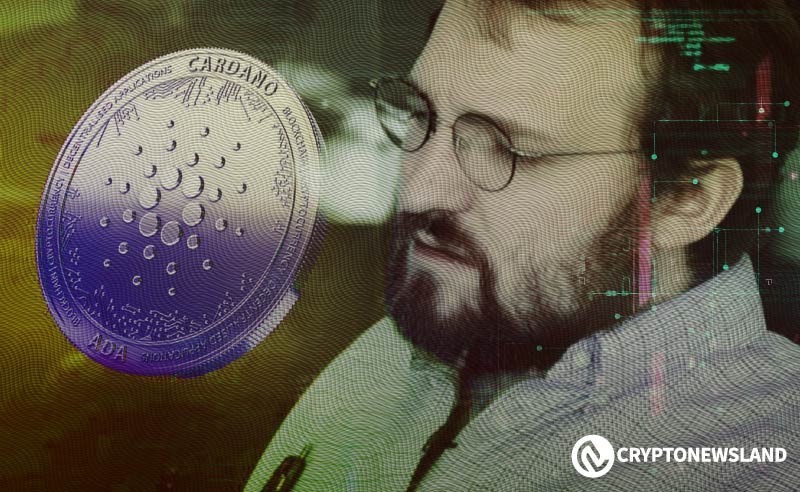- Charles Hoskinson plans to re-launch the Bitcoin Education Project in 2025, emphasizing the growth of Bitcoin’s DeFi landscape.
- The integration of Cardano and Bitcoin through the Grail bridge aims to enhance DeFi applications and attract new liquidity.
- Despite optimism, low adoption rates for Bitcoin’s Layer 2 solutions raise concerns about long-term trader engagement and liquidity.
Charles Hoskinson announced the re-launch of the Bitcoin Education Project for 2025, coinciding with Bitcoin’s renewed innovation. This development follows Bitcoin’s integration with Cardano through the BitcoinOS Grail bridge.
Hoskinson plans to provide Aiken education for Bitcoin developers, leveraging resources on GitHub’s Hyperledger Identus repository. With the implementation of Babel fees, developers can create hybrid Cardano-Bitcoin applications and pay transaction fees in Bitcoin.
DeFi on Bitcoin: A Game-Changer
Hoskinson believes this move could outpace the achievements of Solana and Ethereum. He previously criticized Bitcoin’s ecosystem, asserting that it needs to adapt to survive. However, with the current advancements, he expresses renewed optimism for Bitcoin’s future. The introduction of DeFi may enhance Bitcoin’s utility, making it more relevant in the rapidly evolving crypto landscape.
Moreover, Cardano is strategically positioning itself to capture new inflows into Bitcoin Layer 2 projects. BitcoinOS aims to create scalable L2 solutions with trustless, zero-knowledge proofs. Partnerships with leaders like Merlin Chain and Nubit further bolster this initiative. The Grail Bridge uses dual validators to monitor transfers, ensuring security and efficiency. The end goal is to utilize ZK-proofs for all transactions, enhancing privacy and trust.
The Road Ahead for Cardano and Bitcoin
Despite the optimistic outlook, challenges remain. Current adoption rates for Bitcoin’s L2 protocols are relatively low. Most Layer 2 solutions have attracted minimal BTC liquidity, raising concerns among traders. For instance, Babylon leads in liquidity with around 24K BTC but still represents a small fraction of Bitcoin’s overall market cap.
Furthermore, skepticism about locking BTC into new protocols persists. Traders may hesitate to engage with Cardano’s DeFi applications, which have low daily volumes. Cardano must address these concerns to foster wider adoption. Currently, ADA is trading near $0.34, with trading volume slowing to a baseline of $250 million daily.

